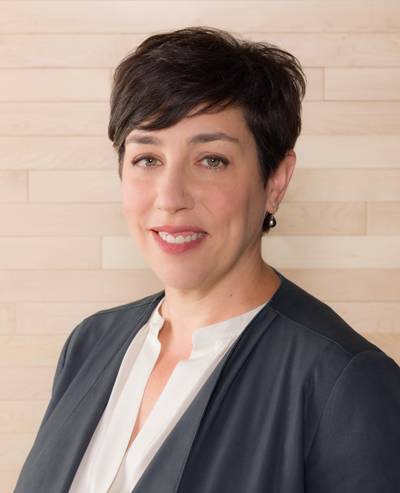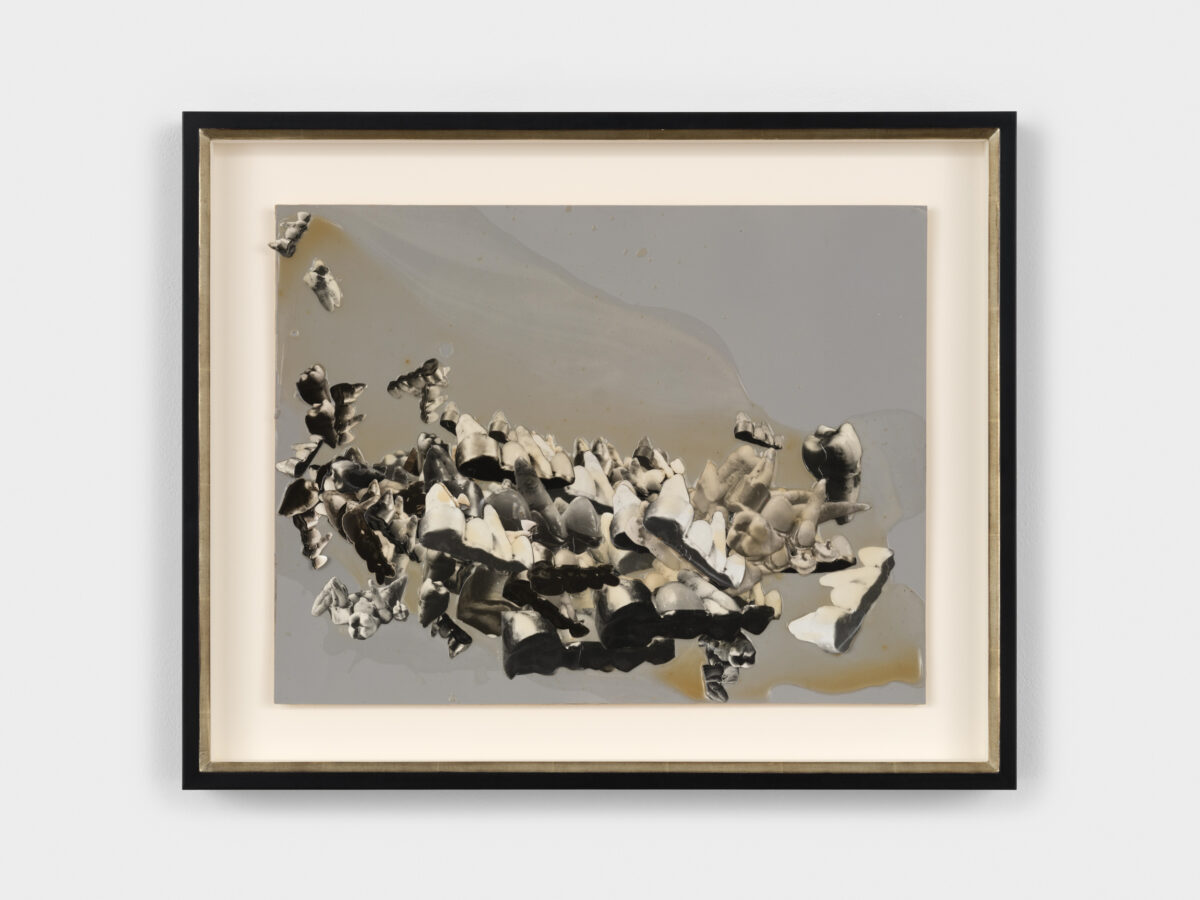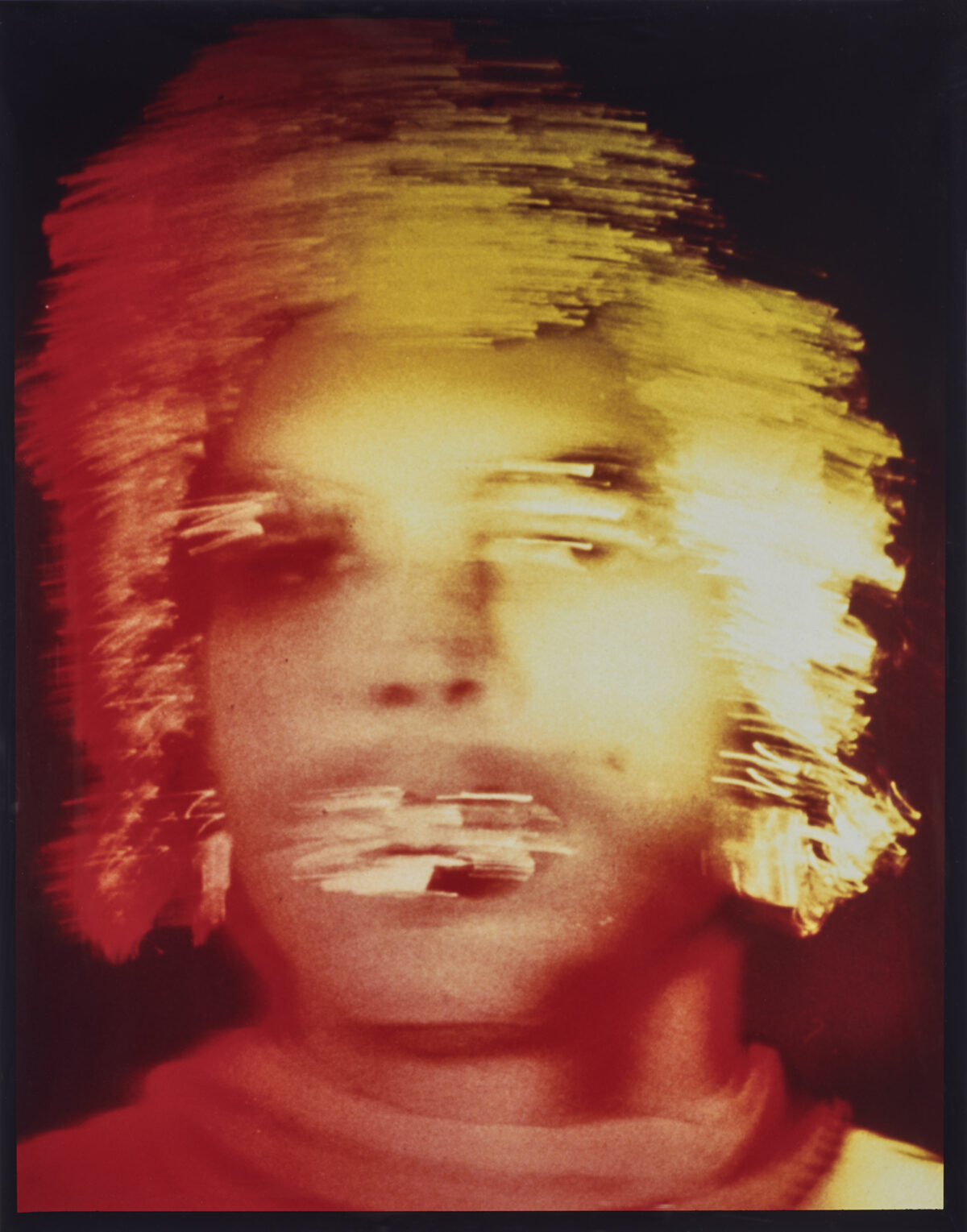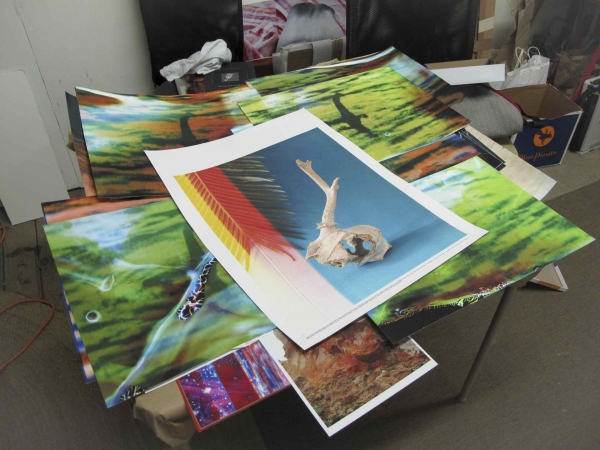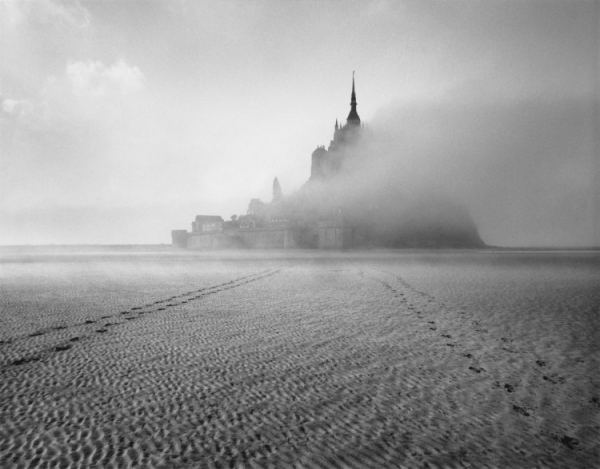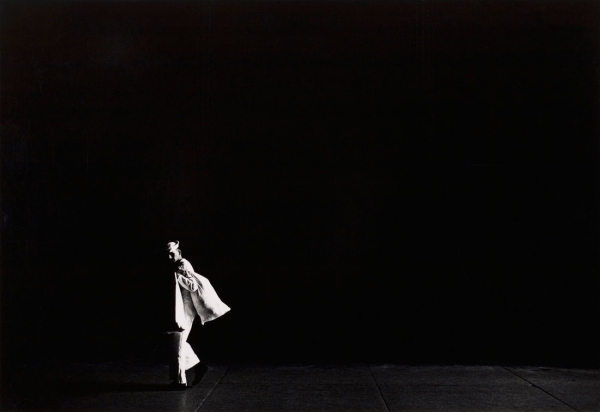“We tend to think of photography as our indigenous modern art form here in San Francisco,” says Corey Keller, curator of photography at the San Francisco Museum of Modern Art. SFMOMA has devoted ample space to photography since it opened in 1935. But last year, after a three-year expansion project, the museum reopened with the Pritzker Center for Photography, which doubled its previous gallery space to 11,000 square feet, and added the Photography Interpretive Gallery (affectionately known as the PIG), a hands-on learning center. People think they understand photography, ubiquitous as it is, but, says Keller, “We wanted to point out that photography is actually even cooler and more complicated than you think.”
Considering Keller’s 2008 exhibition Brought to Light: Photography and the Invisible, which explored the use of science in 19th-century photography, it may be not be surprising to learn that she was a molecular biology major at Yale. But that all changed with an American studies class in which she chose to write about a Robert Frank photograph from The Americans – Georgetown, South Carolina, 1955. “I remember thinking how much was packed into that one photograph,” she says.
Keller grew up in Connecticut, where her father had a darkroom in the basement and taught her how to process prints. After she graduated from Yale, she went to Paris for two years to become a photographer. She learned a lot of French; she learned, too, “that I can take a competent photograph but I had nothing to say as an artist.” She came back to the states and became a Work Scholar at Aperture, then took a job as Elisabeth Sussman’s assistant at the Whitney, followed by a position at MoMA. At that point, she decided she needed a graduate degree and was accepted at Stanford. She had completed all of the coursework for her PhD when the job at SFMOMA opened up in 2003. “It was the job of a lifetime, and I didn’t think I could pass it up,” says Keller, who lives in San Francisco with her husband and two children. She is currently on a sabbatical to complete her dissertation, Bringing Knowledge to Sight: Photography, Science, and the Invisible, 1839-1895. When she returns to SFMOMA, she’ll resume work on an exhibition on the 19th-century photographer John Beasley Greene. “I love all photography,” she says,“ but 19th-century photography is this amazing moment where art and science and technology and knowledge, and communication all come together.”
Keller was the organizing force behind the 2010 symposium Is Photography Over?, which “unintentionally represented a split in the field,” she says, “a changing of the guard.” Keller organized a follow-up symposium last year called The Photographic Event to think through ideas about what a photograph is today. Considering the importance of visual literacy in processing the ocean of images we experience daily, it seems like a good time to think hard about how we produce and consume photographs. “In the 19th-century there were a lot of conversations about what photography was,” says Keller, “and it feels like it’s being reinvented now.”

